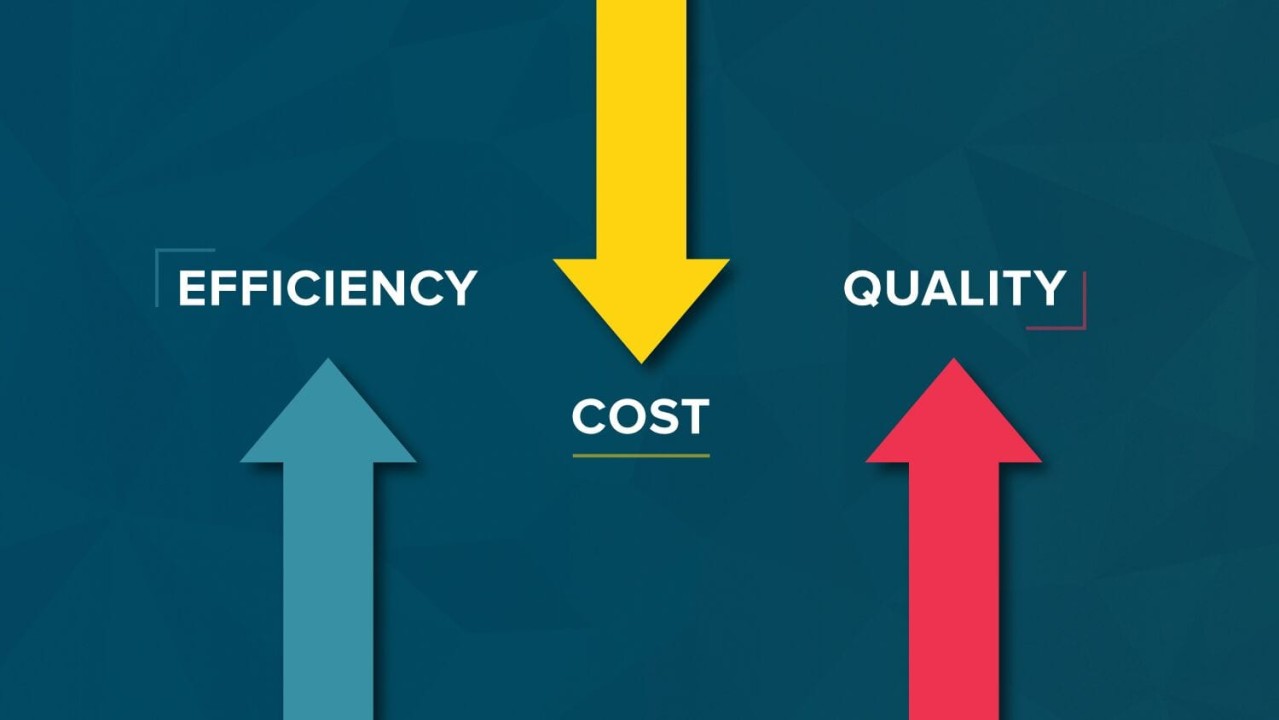Introduction
Industrial additives play a critical role in enhancing manufacturing processes, ensuring higher quality and cost efficiency. By optimizing material usage, improving productivity, and integrating advanced technologies, manufacturers are finding innovative ways to reduce expenses while meeting growing demands. This article examines the strategies that drive cost efficiency in additives manufacturing.
1. Optimizing Material Utilization
Efficient use of raw materials is a cornerstone of cost reduction in industrial additives manufacturing.
a. Reducing Wastage
Additives improve material performance, minimizing waste during production. By extending the lifespan of materials, manufacturers reduce replacement costs and enhance sustainability.
b. Lightweight Alternatives
Innovative additives enable the creation of lightweight yet durable products, especially in industries like automotive and aerospace. These solutions lower material consumption and transportation costs.
c. Custom Formulations
Tailored additives improve performance for specific applications, eliminating the need for excess quantities or supplementary materials. This precision reduces costs across production cycles.
2. Enhancing Productivity Through Technology
Advanced technologies significantly impact production efficiency, driving down operational costs.
a. Automation and AI Integration
Automation streamlines repetitive tasks, reducing labor costs and improving consistency. Artificial intelligence enhances quality control and optimizes production schedules.
b. IoT for Predictive Maintenance
The Internet of Things (IoT) enables real-time monitoring of manufacturing equipment. Predictive maintenance minimizes downtime, avoiding costly repairs and production delays.
c. Digital Twins in Manufacturing
Digital twin technology creates virtual models of manufacturing processes. These simulations help identify inefficiencies and test changes without disrupting production, saving time and resources.
3. Driving Sustainability for Cost Savings
Sustainability efforts not only benefit the environment but also contribute to long-term cost efficiency.
a. Energy-Efficient Processes
Energy-intensive manufacturing processes are becoming more efficient with green technologies. Energy-saving solutions lower utility bills and reduce environmental impact.
b. Circular Economy Practices
Manufacturers are adopting circular economy models by recycling additives and reusing production by-products. These practices reduce raw material costs and minimize waste disposal expenses.
c. Regulatory Benefits
Compliance with environmental regulations often involves adopting sustainable practices. While meeting regulations avoids fines, it also enhances brand reputation, attracting cost-conscious clients.
4. Expanding Applications Across Industries
The versatility of industrial additives creates opportunities for cost efficiency across multiple sectors.
- Construction: Additives improve concrete strength, reducing the need for excess material.
- Packaging: Lightweight additives lower transportation costs.
- Pharmaceuticals: Enhancing drug formulations ensures more efficient production.
By tailoring solutions to specific industry needs, manufacturers maximize the cost-efficiency potential of additives.
Conclusion
Industrial additives manufacturing is at the forefront of driving cost efficiency through material optimization, technological advancements, and sustainable practices. By integrating these strategies, manufacturers not only reduce expenses but also enhance product quality and competitiveness. As industries evolve, the role of additives in achieving cost-effective solutions will continue to expand, benefiting businesses and consumers alike.

